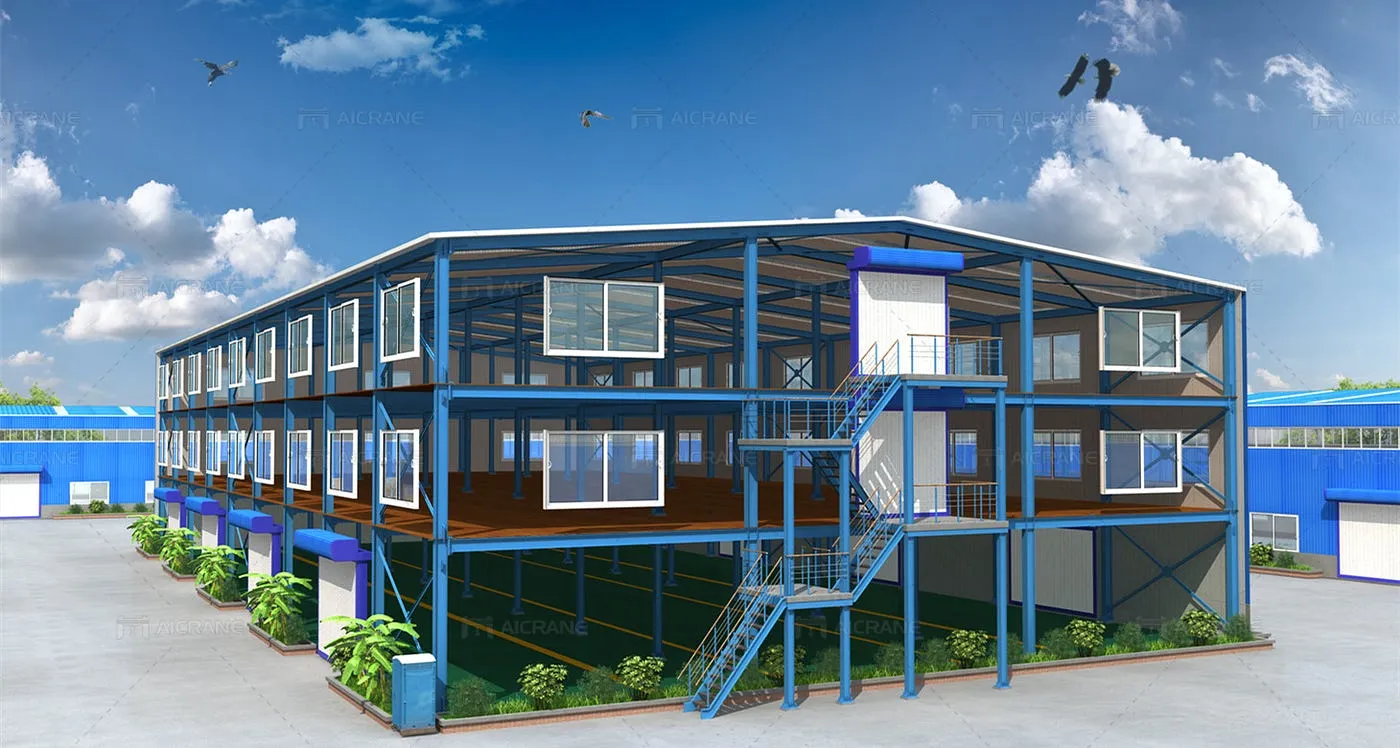- Afrikaans
- Albanian
- Amharic
- Arabic
- Armenian
- Azerbaijani
- Basque
- Belarusian
- Bengali
- Bosnian
- Bulgarian
- Catalan
- Cebuano
- Corsican
- Croatian
- Czech
- Danish
- Dutch
- English
- Esperanto
- Estonian
- Finnish
- French
- Frisian
- Galician
- Georgian
- German
- Greek
- Gujarati
- Haitian Creole
- hausa
- hawaiian
- Hebrew
- Hindi
- Miao
- Hungarian
- Icelandic
- igbo
- Indonesian
- irish
- Italian
- Japanese
- Javanese
- Kannada
- kazakh
- Khmer
- Rwandese
- Korean
- Kurdish
- Kyrgyz
- Lao
- Latin
- Latvian
- Lithuanian
- Luxembourgish
- Macedonian
- Malgashi
- Malay
- Malayalam
- Maltese
- Maori
- Marathi
- Mongolian
- Myanmar
- Nepali
- Norwegian
- Norwegian
- Occitan
- Pashto
- Persian
- Polish
- Portuguese
- Punjabi
- Romanian
- Russian
- Samoan
- Scottish Gaelic
- Serbian
- Sesotho
- Shona
- Sindhi
- Sinhala
- Slovak
- Slovenian
- Somali
- Spanish
- Sundanese
- Swahili
- Swedish
- Tagalog
- Tajik
- Tamil
- Tatar
- Telugu
- Thai
- Turkish
- Turkmen
- Ukrainian
- Urdu
- Uighur
- Uzbek
- Vietnamese
- Welsh
- Bantu
- Yiddish
- Yoruba
- Zulu
Nov . 09, 2024 00:06 Back to list
The First Steel Frame Building A Revolution in Architecture
The world of architecture has undergone significant transformations throughout history, driven by innovation and the quest for improved materials and construction techniques. Among these innovations, the introduction of steel frames marked a pivotal moment, revolutionizing the way buildings were designed and constructed. The first steel frame building, the Home Insurance Building, completed in 1885 in Chicago, is often cited as a landmark achievement that laid the foundation for modern skyscrapers.
Historical Context
The late 19th century was a period of rapid urbanization and industrial growth in the United States. With cities expanding and populations increasing, there was a growing demand for vertical construction to optimize land use. Traditional building methods, relying on heavy masonry and load-bearing walls, were limited in height and flexibility. As cities like Chicago faced the challenges of space, the need for a new approach became apparent.
The Birth of the Steel Frame
The concept of using steel as a structural material was not entirely new; iron had been used in construction for decades. However, the development of improved steel production methods, such as the Bessemer process, made steel more accessible, affordable, and reliable for construction purposes. This advancement was crucial for the eventual emergence of the steel frame building.
The Home Insurance Building, designed by architect William Le Baron Jenney, was the first to utilize a steel frame structure extensively. Despite its modest height of just 10 stories, the building employed a revolutionary skeletal frame, allowing for large, open interior spaces and the removal of heavy masonry walls. This innovation not only transformed the structural integrity of buildings but also permitted architects greater creativity in design and aesthetic expression.
Design and Engineering Innovations
first steel frame building

The steel frame allowed for a new era of architectural design characterized by height, lightness, and expansive windows. The Home Insurance Building featured a facade of terracotta tiles, creating a distinct look while allowing ample natural light into the interiors. This design approach set a standard for future skyscrapers, where aesthetics and functionality harmoniously coexisted.
In addition to aesthetic enhancements, the engineering principles behind the steel frame construction provided significant practical benefits. Buildings could now withstand the forces of wind and seismic activity more effectively, enabling taller structures to be erected without compromising safety. The ability to span larger distances with less material led to the emergence of grand lobbies and spacious office layouts, enhancing the overall experience for occupants.
The Legacy of the First Steel Frame Building
The Home Insurance Building's completion marked the dawn of the skyscraper age. Its influence extended far beyond Chicago, inspiring a generation of architects and engineers worldwide. Following its lead, cities across the globe began to adopt steel frame construction, facilitating the rise of iconic structures such as the Flatiron Building in New York City and the Reliance Building in Chicago.
As steel frame technology continued to evolve, architects leveraged new materials and construction methods to push the boundaries of design even further. The Art Deco towers of the 1920s and the modernist designs of the mid-20th century owe their existence to the fundamental principles established by early steel frame buildings.
Conclusion
The first steel frame building, the Home Insurance Building, represents a turning point in architectural history. It not only showcased the possibilities of steel as a primary structural element but also set the stage for the vertical cities we inhabit today. The steel frame revolutionized construction, enabling architects to create unprecedented heights and designs while optimizing interior spaces. As we look toward the future, the legacy of this groundbreaking building reminds us of the transformative power of innovation in shaping our urban landscapes. Today, with new advancements such as carbon steel and sustainable building practices, we continue to build upon the foundation laid by the pioneers of steel frame construction, exploring the endless possibilities that architecture can offer.
-
How Do Prefabricated Steel Structures Transform Modern Construction?
NewsJul.14,2025
-
How Do Prefabricated Metal Buildings Redefine Modern Construction?
NewsJul.14,2025
-
How Do Prefab Insulated Metal Buildings and Steel Structures Revolutionize Modern Construction?
NewsJul.14,2025
-
How Do Pre - Engineered Steel Structures Redefine Modern Construction?
NewsJul.14,2025
-
Advancing Modular Construction with Prefabricated Metal Structures
NewsJul.14,2025
-
Advancing Industrial Infrastructure with Prefabricated Steel Solutions
NewsJul.14,2025
Products categories
Our Latest News
We have a professional design team and an excellent production and construction team.












